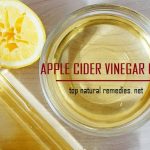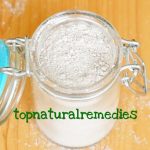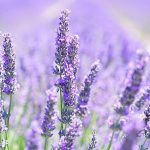Wild Salmon vs. Farmed Salmon – Which One You Should Buy
When going grocery shopping, one can be overwhelmed by the abundance of alternatives. For instance, you know that salmon is good for your health, but given the immense variety, you might ask yourself – which one should you pick? – wild or farmed?

To begin with, wild salmon comes from oceans, lakes and rivers. It is rich in omega 3 fatty acids, polyunsaturated fatty acids that contribute to diminishing the risks of heart disease, depression, and inflammatory conditions.
In spite of the fact that farmed salmon encompasses substantial levels of omega 3 fatty acids, it comes with a range of side effects as well. It is grown in fish farms referred to as aquacultures. As a result, they contain a handful of chemicals that are seriously detrimental to your health. Get acquainted with the main aspects that differentiate wild from farmed salmon.
Contents
Farmed Salmon is Artificially Colored
If we were to compare the color of wild salmon to farmed salmon, you would observe a difference. You should know that the wild types of fish have of an antioxidant compound referred to as astaxanthin, which provides the fish with its natural color – bright red. Wild salmon gets this compound by consuming plankton. Unfortunately, farmed fish don’t relish this luxury. Alternatively, they eat pellets embodying animal byproducts and GMO corn.
If you notice that farmed salmon’s color looks better and tastier, don’t be fooled. That is because it is artificially colored, to make it look more appealing.
Farmed Salmon Contains Harmful Pollutants and Chemicals
Research indicates that farmed salmon contains significant levels of toxic pollutants as well as chemicals. Plus, farmed salmon has ten times the amount of chemicals present in wild salmon. Toxic compounds affect the beneficial properties of the fish and further harm the people consuming it. These chemicals are linked to stroke, obesity and type 2 diabetes.
Farmed Fish Is Exposed to Pesticides and Antibiotics
Given the fact that farmed fish live in a narrow, limited space, they are prone to suffer from diseases and infections. In these living conditions, if there is a virus, it spreads right away and affects all the fish. To avoid this fact, farmers feed the fish with antibiotics in advance to prevent them from getting infected. Antibiotics that are fed to animals are proven to have detrimental effects on human’s health as well. It’s needless to say that wild fish isn’t exposed to any antibiotics, thus, it is much safer to eat.
Farmed Salmon Presents Little Nutritional Value
You should include more salmon into your diet because it’s excellent for your health. That’s obvious. If we were to take into consideration the nutritional value of wild vs. farmed salmon, you should know that wild salmon is the best for you, without any further debate! Nature does its job best.
A portion of wild salmon has 130 less calories than farmed fish. It encompasses less amount of fat, thrice the amount of vitamin A and eight times the amount of vitamin D present in farmed salmon. On top of that, farmed fish contains significant levels of saturated fat, which isn’t good for you.



